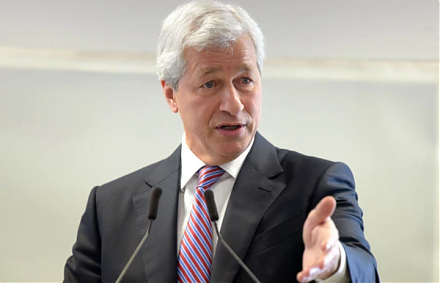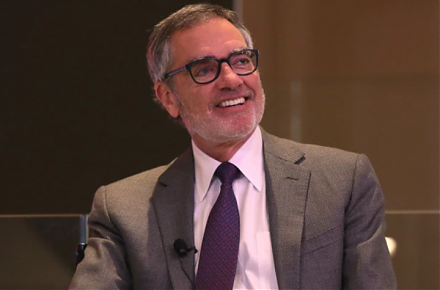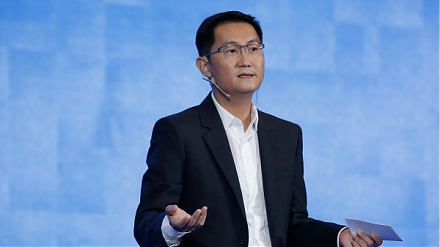

2019-08-03 09:28:00 Sat ET
federal reserve monetary policy treasury dollar employment inflation interest rate exchange rate macrofinance recession systemic risk economic growth central bank fomc greenback forward guidance euro capital global financial cycle credit cycle yield curve
U.S. inflation has become sustainably less than the 2% policy target in recent years. As Harvard macro economist Robert Barro indicates, U.S. inflation has remained low and stable since the federal funds rate peaked at 22% in the early-1980s. The Federal Reserve upholds the Taylor interest rate rule that the federal funds rate should increase by more than the next likely rise in inflation. This monetary policy rule accords with the U.S. dual mandate of price stability and maximum sustainable employment. In New Keynesian macroeconomic models, interest rate adjustments can cause real movements in inflation, employment, and the economic output gap due to monopolistic competition and sticky-price persistence.
Former IMF chief economist Olivier Blanchard and his MIT PhD student Jordi Gali show that solo price stabilization would be equivalent to attempting to stabilize both deviations of general prices and economic output gaps from the respective targets. Blanchard and Gali refer to this macroeconomic stabilization principle as the divine coincidence. Nevertheless, the divine coincidence may disappear due to real wage rigidities and financial market frictions. On balance, mainstream macroeconomic models cannot plausibly explain the recent great moderation of low inflation near 1.5%-2% despite gradual and consistent interest rate cycles.
If any of our AYA Analytica financial health memos (FHM), blog posts, ebooks, newsletters, and notifications etc, or any other form of online content curation, involves potential copyright concerns, please feel free to contact us at service@ayafintech.network so that we can remove relevant content in response to any such request within a reasonable time frame.
2019-03-25 17:30:00 Monday ET

America seeks to advance the global energy dominance agenda by toppling Saudi Arabia as the top oil exporter by 2024. The International Energy Agency (IEA)
2017-09-13 10:35:00 Wednesday ET

CNBC reports the Top 5 features of Apple's iPhone X. This new product release can be the rising tide that lifts all boats in Apple's upstream value
2019-04-26 09:33:00 Friday ET

JPMorgan Chase CEO Jamie Dimon defends capitalism in his recent annual letter to shareholders. As Dimon explains here, socialism inevitably produces stagnat
2017-01-27 17:19:00 Friday ET

Tony Robbins explains in his latest book on personal finance that *patience* is the top secret to successful stock investment. The stock market embeds an
2018-11-03 11:36:00 Saturday ET

Apple adds fresh features to its new iPad Pro and MacBook Air in addition to its prior suite of iPhone XS, iPhone XS Max, and iPhone XR back in September 20
2024-10-27 07:56:01 Sunday ET

Stock Synopsis: China Internet tech titans continue to grow amid greater competition. We launch our unique coverage of top 25 China Internet stocks. In t